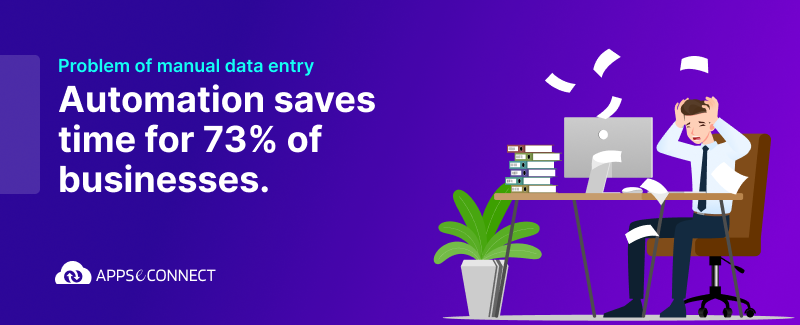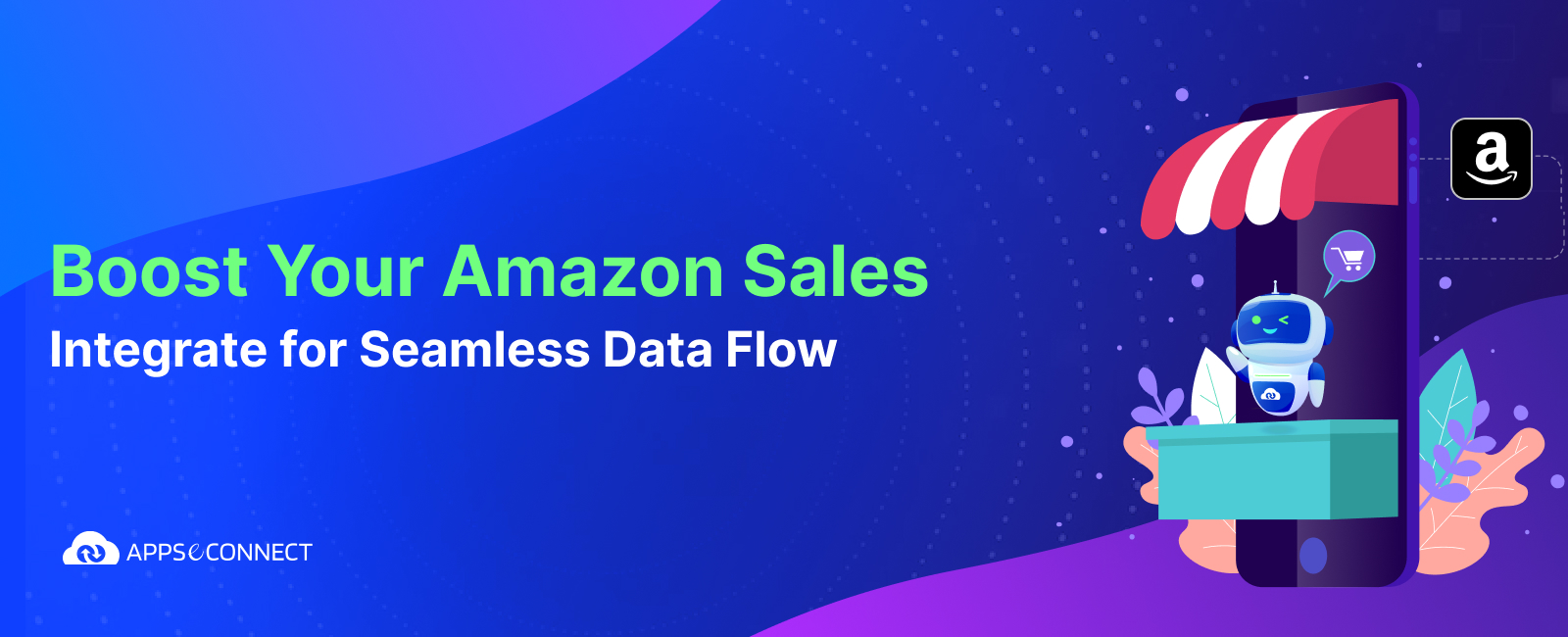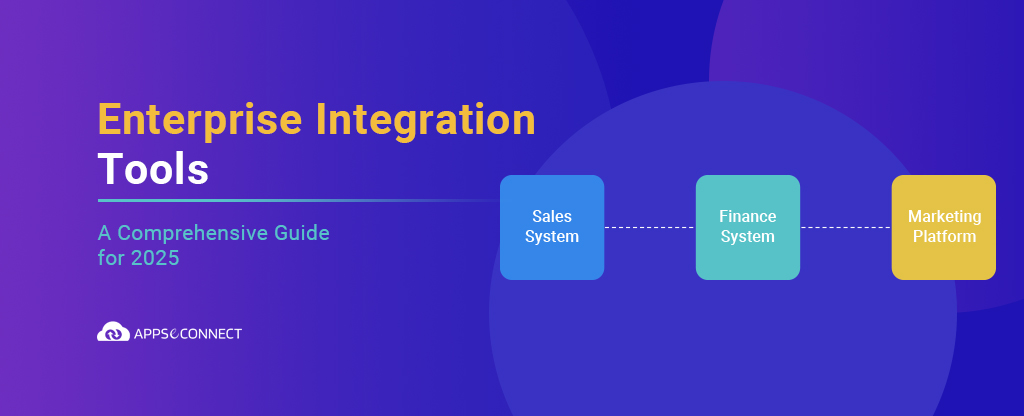Utilizing a hybrid cloud approach without a doubt seems to be a better option due to the various advantages gathered by utilizing public clouds and private clouds. Hybrid cloud computing is key to efficient management of an organization’s application workloads as different applications require a different platform. Organizations enjoying the benefit of the cloud and are diving deeper into a hybrid cloud environment. Migrating to the cloud environment is a common step being taken by almost every organization to reduce their costs, internal workload, improved service quality, enhanced system performance and offload the management of their key assets but at the same time organizations need to think about the concerns or issues of hybrid integration. The challenges that are most common like security concerns, migration complexities, data security issues, trust issues and many other numerous problems.
Here we will talk about the SAP. SAP consists of disparate technologies including on-premises ERPs and an S/4 Hana ERP, also various SaaS solutions SAP already acquired over the years. Multiple integrations tools also seeking how they will connect to SAP and Will navigate this complex landscape. But it is a challenge also to integrate SAP ERP with other systems depending on its language, processes and logic that do not easily extend beyond SAP. Thus, it is very much important to understand the major challenges and considering them carefully when you are planning an integration strategy.
SAP Hybris Integration Concerns You Must Be Aware Of
Integration Complexity Issue
Successfully integration between private and public clouds is one of the biggest issues that can be solved by using Hybrid cloud infrastructure. For that high-level technical skills and understanding are required to connect multiple cloud services as moving configurations and metadata across the environment is a difficult task.
SAP provides multiple integration methods and interfaces to connect and also for modifying or adding data and processes. SAP has developed its own capabilities such as IDocs, BAPIs, RFC instead of using existing industry standards. SAP doesn’t extend properly to third-party systems and that creates present significant integration challenges. For example, more than 600 IDocs types are there that must be considered as part of an integration project even BAPIs don’t cover all available SAP transactions also. Therefore, customers needed a proper integration solution that should be compact and solution-specific.
Inconsistent Configuration Issue
The most important benefit of SAP ERP including SAP ECC is that it is highly customizable according to business needs and every organization takes full advantage of that flexibility but due to this customization the complexity level of the integration increases as well as cost and connecting time to new systems increases. As organizations expand their business in different regions, they often find new requirement of customization in different modules to meet their business needs that’s the reason organizations maintain different SAP instances for different regions.
Though this flexible customization makes regions specific business processes successful at the same time they present significant challenges for integrations and if an organization acquires a competitor with its own SAP instances or another ERP then it makes the integration process more complex. Organizations third-party solutions have their own object modules when organizations have consistent customization that won’t match. The more third-party software will involve in the business process the mismatch will be greater and that would increase the challenge of integration.
Specialized Skill Requirement
SAP provides a complete solution, coupled with its multiple integration methods such as IDocs and BAPIs that rapidly leads to a complicated development and software delivery environment. In order to maintain this complexity a large team of developers required with a specialized skill set, forcing organizations to either build an SAP team of their own or to hire SAP developers from third parties.
We need to keep in mind that depending on the complexity of the business process integrations can take months to complete in the mean timeline of business request moves into backlog, awaiting prioritization and resourcing, even often frustrates the end-users. After all the issue is resolved when work begins due to the complexity of the projects a small change request may cause a new issue.
Inconsistent Standards
One of the hurdle organizations faces at the time of migrating SAP systems is inconsistent standards. In the initial stage, hybrid migrations combine the legacy on-premise systems with those migrated to the cloud. Sometimes multiple cloud providers involve with migrated cloud systems and they use separate tools for each environment that may cause confusion and inconsistent management and monitoring. This can be turned into worse conditions even failures of migration.
Low Visibility Issue
It doesn’t matter if we run the ERP in cloud or a hybrid model, system performance is necessary for IT operation. There are few generalized tools that have a drawback of inefficient system performance. They do not offer any solution to critical problems. Identifying the real problem may be sometimes difficult, insufficient visibility leads to a further issue when organizations run entire SAP landscapes across multiple cloud providers, it also increases monitoring complexity and error-prone environment at the same time.
Without cross-environment visibility, it is impossible to do accurate planning and budgeting for cloud and infrastructure resources.
Increase of Expenses Due to Inefficient Scaling
Scaling of SAP systems in the cloud is paramount to Minimize the operating costs and to ensure user satisfaction due to optimal system functionality. Scaling of SAP system inefficiently can increase your operation cost as you will be running the system consistently in maximum capacity. It is important to properly scale down HR functionalities on weekends when their use is usually low will erode the projected cost savings that partially justified the original cloud migration project. Automated cloud scalability and visibility are essential to run SAP systems effectively and at the same time economically on the cloud.
If you want to explore custom integration of SAP ERP/Business One and other business applications with the help of smart, pre-built connectors, contact us.
Now, you can easily connect all your business applications under one single platform to automate the business process!





















